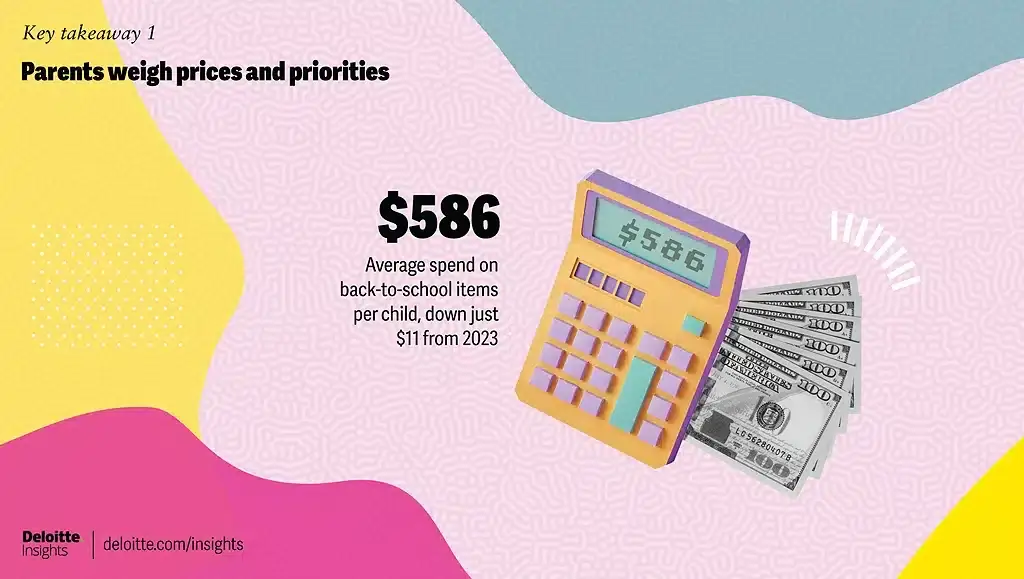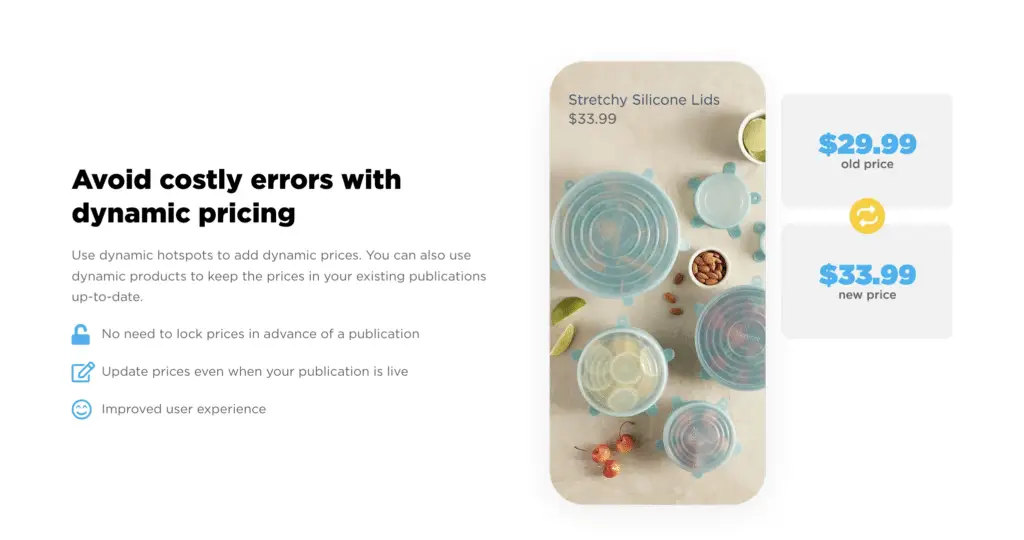Back-to-school season is a crucial period for retailers and e-commerce sites, representing one of the most significant commercial events of the year. As families prepare for the new school year, they purchase everything from stationery to electronics, making this a prime opportunity for businesses to capture consumer attention and outpace competitors.
Deloitte recently released the data from their 17th back-to-school survey, and the results are valuable for any retailer who needs to prioritize their strategies:
Here are five key statistics from Deloitte’s 2024 back-to-school survey:
- Average Spend: Parents plan to spend an average of $586 per child, consistent with the previous year.
- Extracurricular Activities: 86% of parents have enrolled their children in extracurricular activities, spending an average of $582 per child.
- Shopping Early: 66% of the budget is expected to be spent by the end of July, compared to 59% in 2023.
- Private Label Purchases: 50% of parents opt for private labels to save money.
- Splurge Potential: 85% of parents could be influenced to splurge on must-have items for their children.

Key Back-to-School Trends for 2024
In 2024, several trends are shaping the back-to-school season, focusing on digitalization, personalization, and sustainability. Retailers that align their strategies with these trends are more likely to succeed in this competitive market.
1. Digitalization and User Experience
Market Shift: According to Deloitte’s report, consumers now prefer shopping online for back-to-school items, a significant increase from five years ago. This shift underscores the importance of digital platforms in effectively reaching customers.
Discovery Commerce: The rise of discovery commerce, where consumers are exposed to products more interactively and engagingly, is central to this trend. Discovery Commerce is the strategic use of a system that guides users from the discovery of a brand right through to purchase and then advocacy. The strategy includes using conversion tools such as personalized ads, well-designed shopping experiences, digital catalogs, and measurement.
Pan Home has built a beautiful Discovery journey for customers using the Digital Catalog format. It uses visual imagery to create aspirational home scenes and link and product hotspots to provide more information and link the user to the website:
2. Personalization of Offerings
Consumer Expectation: This trend is especially pronounced during the back-to-school season, where parents and students seek products tailored to their needs.
Enhanced Experience: By using personalized digital catalogs, retailers can cater to these expectations, offering curated product selections that resonate with individual customer preferences.
3. Sustainability and Social Responsibility
Consumer Demand: According to a Nielsen report, 73% of global consumers say they would definitely or probably change their consumption habits to reduce their environmental impact. During back-to-school shopping, this means a growing demand for eco-friendly products.
Retail Response: Retailers like Patagonia and IKEA have effectively used digital catalogs to highlight their sustainable products, such as eco-friendly clothing and recycled materials, directly engaging environmentally conscious consumers. Patagonia’s catalog emphasizes its commitment to sustainable sourcing, while IKEA showcases products made from renewable resources.
By including sustainability certifications and detailed environmental benefits, these brands appeal to eco-conscious shoppers and reinforce their commitment to environmental responsibility, driving higher engagement and conversion rates.
Maximizing Back-To-School Visibility with Digital Catalogs
Digital catalogs are not just an option but a necessity in this landscape. They allow retailers to showcase products in a visually appealing and interactive format, bridging the gap between physical and digital shopping experiences.
Why Are Digital Catalogs Crucial?
Increased Engagement: Data from Adobe Analytics indicates that digital catalogs with interactive elements (such as videos and clickable hotspots) see a 30% higher engagement rate than static online product pages.
Media Markt has used digital catalogs to create an interactive experience by using GIF functionality to keep users engaged and draw attention to specific products and areas of interest:
Real-Time Updates: Unlike printed materials, digital catalogs can be updated instantly. This flexibility allows retailers to adjust their offerings in real time, responding quickly to trends and consumer demands.
Catalog automation can help brands ensure their assets are never out of stock and pricing is updated based on their product feed.

The Role of Publitas in Discovery Commerce
Publitas stands out as a leader in enabling retailers to leverage the full potential of discovery commerce. With Publitas, businesses can create digital catalogs that do more than just list products—they create an immersive shopping experience that drives consumer engagement and sales.
- Multimedia Integration: Publitas allows retailers to enrich their catalogs with videos, high-resolution images, and interactive product descriptions. A case study from a leading European retailer showed that incorporating these features led to a 20% increase in time spent on their digital catalog, directly translating to higher conversion rates.
- Personalized Shopping: With built-in algorithms, Publitas offers retailers personalized product recommendations within their digital catalogs.
- Drive-to-Store Initiatives: Digital catalogs also effectively drive foot traffic to physical stores. For instance, a U.S.-based retail chain reported a 12% increase in in-store visits after implementing Publitas’ drive-to-store features in its back-to-school catalog.
Leveraging The Back-to-School Season
Back-to-school season is a pivotal time for retailers, offering a unique opportunity to capture consumer attention and drive sales. By embracing digital catalogs and the principles of discovery commerce, businesses can enhance their visibility, deliver personalized shopping experiences, and ultimately, outshine the competition.


